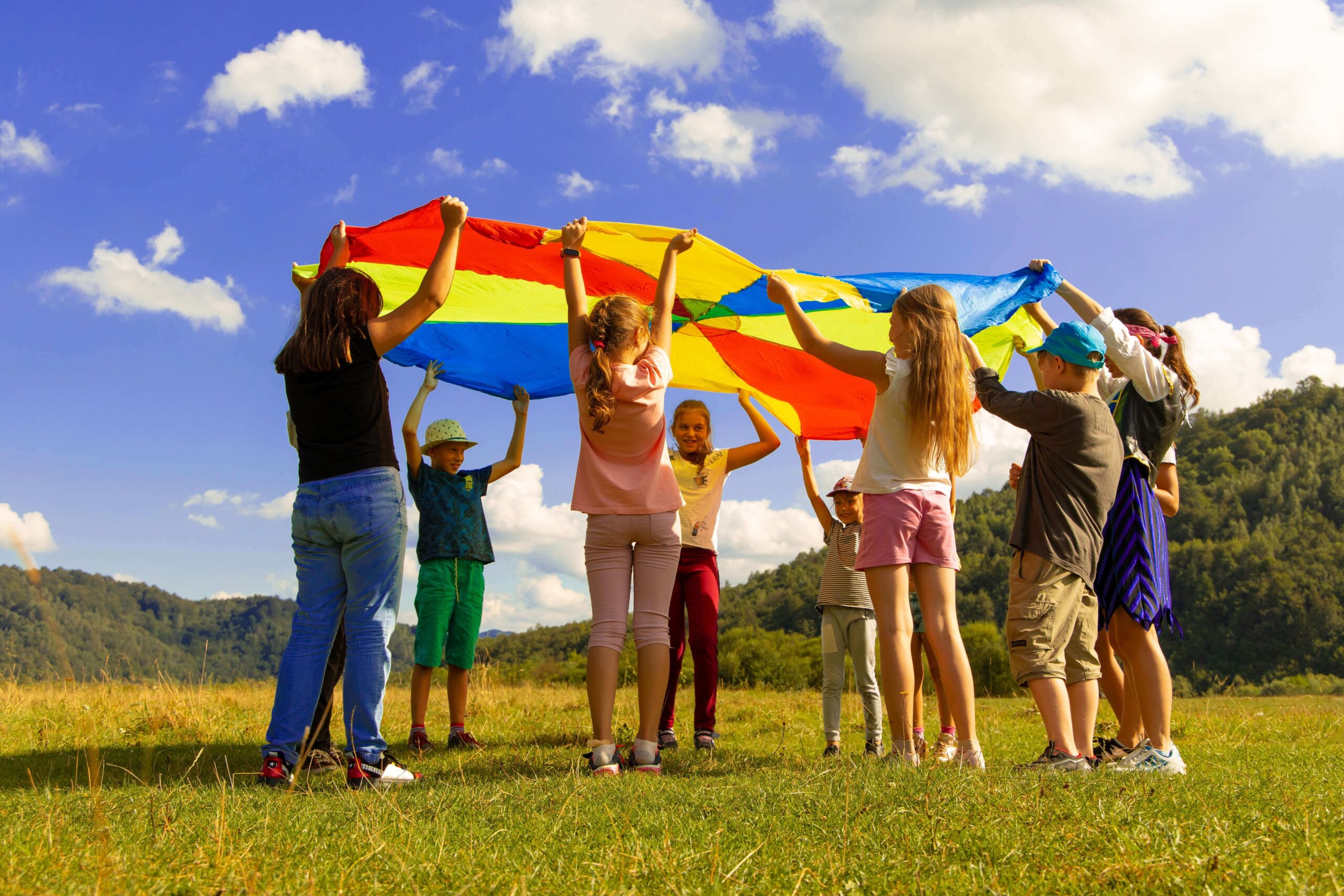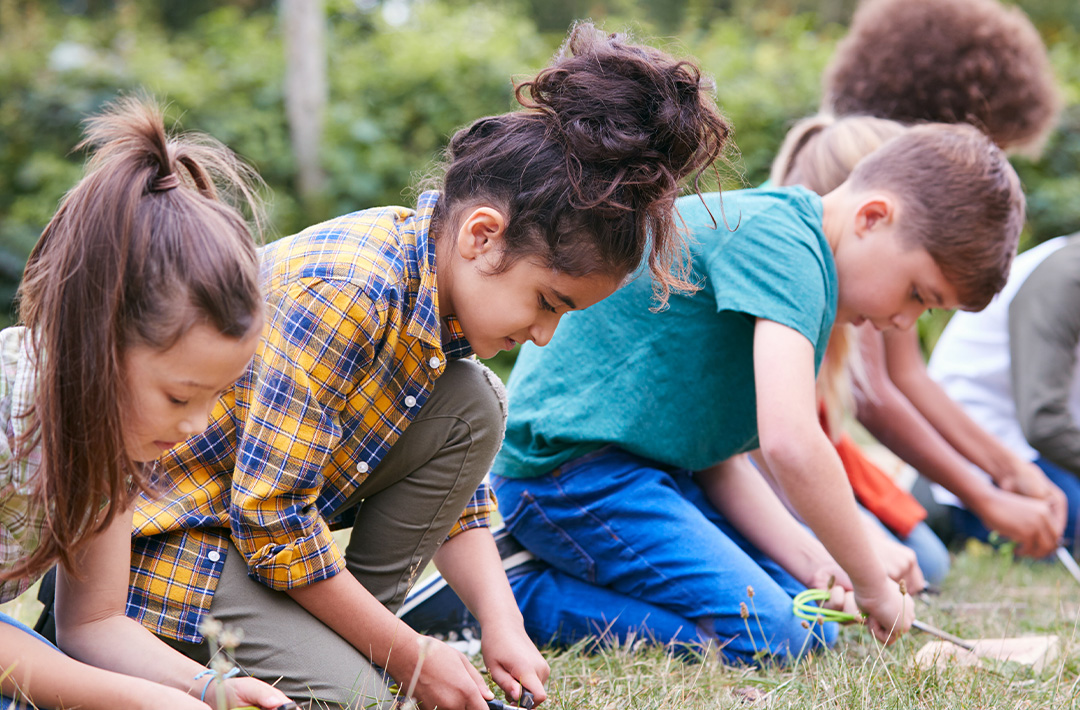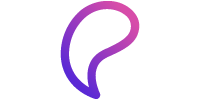My entire professional career has been representing and recruiting internationally for the “best” colleges and universities in the world. Imagine schools with over 600 years of history or with campuses so modern they look like an amusement park, equipped with stables, a golf course and the latest technology. Colleges where monthly fees are over 24,000 reais and which house the world’s elites. Up until a certain point, I was convinced that these were, in fact, the best educational institutions in the world.
However, even though I knew this reality well, when it was my turn to make a decision about my children’s education, I started to consider what kind of education I wanted for them. I began to deconstruct and analyze education critically. I forgot the labels I used to represent quality education, such as “it has more than 600 years of history”, “it has multiple sports such as swimming, rugby, golf, tennis or equestrianism”, “President X’s son went to this school ” or “has the finalist students with the best college entrance grades”, commonly used by all of us as a way of attributing quality to the Institution. If we look purely at education, none of these labels have any value for an educational decision.
Another value that these schools have and that I personally devalue, is the fact that they are the so-called elites, where the children of the most influential people study and, of course, the richest. The child with the worst results in this type of school will certainly have a much higher income than the best student in a public school, despite the fact that the type of education is exactly the same. The differences are purely aesthetic and, in themselves, sales tags. In a practical way, the classes will have 8 students instead of 20, the teacher will be a doctorate instead of a licentiate, and the physical activity will be golf or tennis instead of soccer or volleyball. Despite this, what is certain is that, in terms of type and quality of education, they all offer the same.
The first analysis was about what system and teaching model I wanted for my children. Having knowledge of all teaching methods and models, in deep analysis I understood that all of them are instructional, giving instruction rather than allowing learning. Learning and memorizing for a test are opposites, and my interest was in learning. I want my children to learn any topic that interests them, passionately and in depth. I want them to know how to think instead of copying.
At Open Learning, each unit is a learning community. Every child follows their interests. Many think this is wrong, arguing that children will not acquire all the basics they need, not absorbing knowledge of the 8 subjects that, apparently, and in their perception, represent all the knowledge in the world.
For those who think in this way, it is important to convey to them that each of our children, when doing projects based on their interests, does so with maximum dedication and responsibility because they love and respect what they are doing, because they feel motivated to do something that arouses curiosity and interest.
As a learning community in which each child presents their projects, there is a transversal sharing of all this knowledge with their peers and educators. By presenting a project with which you identify, the message is conveyed in a clearer and more meaningful way. In this way, the child acquires, from the earliest years, a general knowledge of various topics and a deep knowledge of topics that really interest him.
Think about it: normally, we start to specialize knowledge already at university, at 18 years old. If we study continuously and until we finish a PhD, we end up with 25 years. Since it is factual that the peak of human learning capacity is when it is born and that it has been decreasing over time, does it make sense to have 7 years of learning according to our interests, instead of 25?
Bearing this in mind, I decided to delve deeper into the most popular alternative educational methods: Montessori, Waldorf, Piaget. All of them are methods, in fact, with a good scientific basis, such as Montessori adapting everything to the size of the child or Waldorf giving primacy to learning through play. Nevertheless, they are all instructionalists, in the sense that a teacher is in charge of the children’s day and makes decisions that control the timetable and calendar to be followed. Despite being much better and more suitable models than the traditional one, they were still not exactly what I was looking for.
I left the circuit even more in search of a model that I didn’t know and went to see initiatives in China, India, USA, Italy and the United Kingdom. One day, a friend of mine, who knew I was exasperated in this search, with my daughter about to be born and I still without a solution, introduced me to two names that changed my life: José Pacheco and Escola da Ponte. That was my initial inspiration. In research, following the trail of José Pacheco, who had left Escola Ponte in 2004 and gone to live in Brazil, I found a reference to Projecto Âncora, an incredible evolution of what Escola da Ponte was. With the coordination of Edilene Morikawa and Cláudia Santos, and inspired by José Pacheco, they created the most daring, remarkable and innovative education project in the world. There, I saw that children really learned! They followed their interests, delving a lot into each topic and on their own initiative, as it was in their interest to learn. It wasn’t forced. There were no schedules, grades, rooms or exams, and these kids looked like they acted twice their age in reference to their level of experience and knowledge. They even had more than twice the experience and knowledge of ordinary children because they devoted all their time to delving into topics that are of interest and retaining information because it is significant to them, because it has value for them. They didn’t waste time memorizing futile and unnecessary material that they will never use and that has no intellectual or human value.
Meanwhile, the Âncora Project, a social project, ended up being extinguished for various reasons. Fortunately, Edilene Morikawa, brave and enterprising that she is, did not let the flame of this incredible project die and founded the Escola Aberta de São Paulo (EASP). EASP has become the soul behind Open Learning. In this institution, I met the most competent people in the world in education and learning.
With the help of Edilene, I founded the first nucleus of what would become Open Learning in Portugal. The project took the name of A Quinta, for its insertion inside a Quinta with 7500m2, with a vegetable garden and animals and which serves 24 children, two of them my sons, Viktoria and Henrik.
The Quinta helped me to understand even more the importance of expanding the Open Learning Method all over the world. The results were beyond my expectations. My 3 year old daughter spoke 5 languages and read and wrote in 2. From the first year of age, both my children communicated using sign language. The children of A Quinta, in just a few months, show an incredible evolution that amazes me day after day. Seeing the satisfaction of the parents and feeling their gratitude were some of the best feelings of my life. I found the solution, Open Learning was born!







